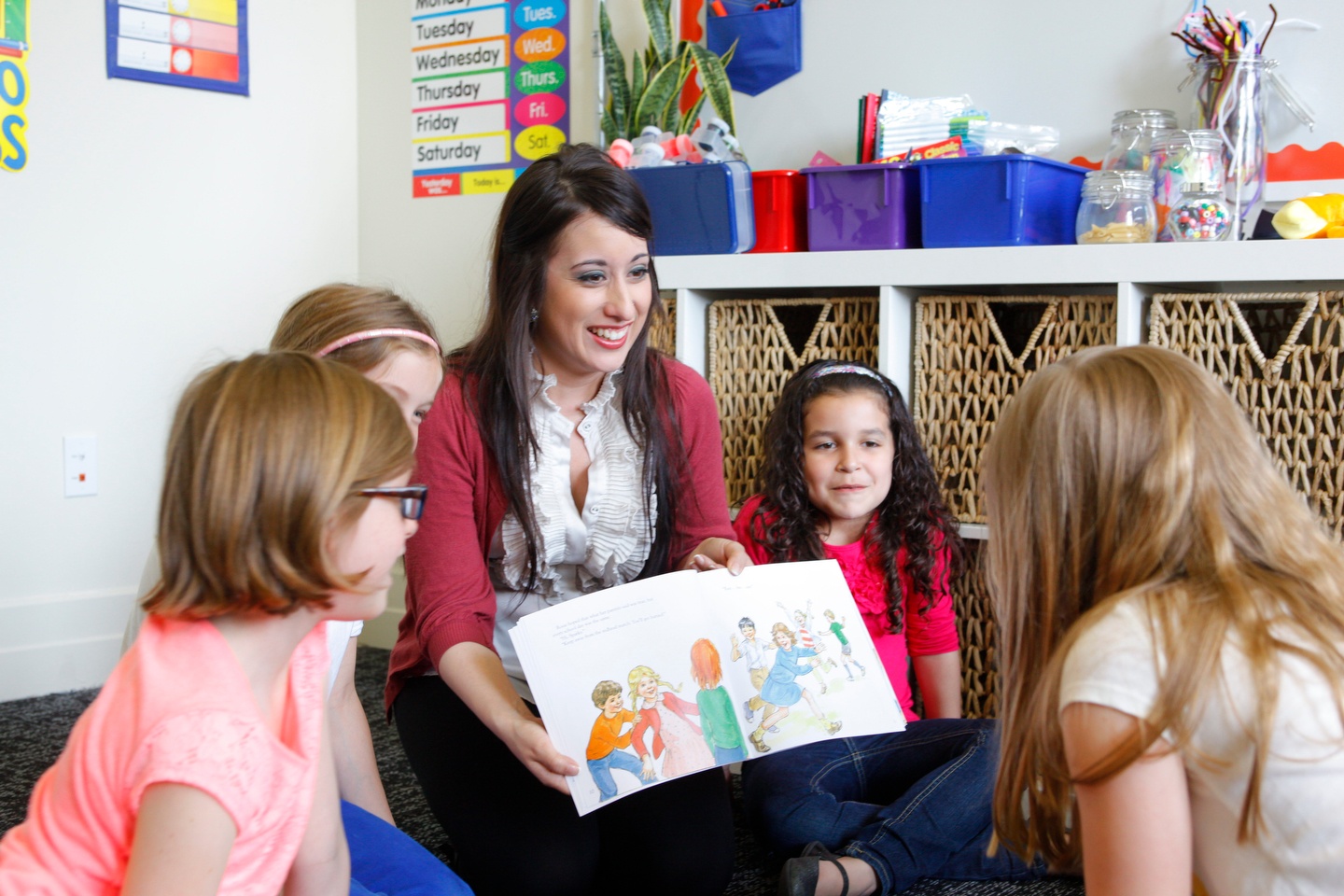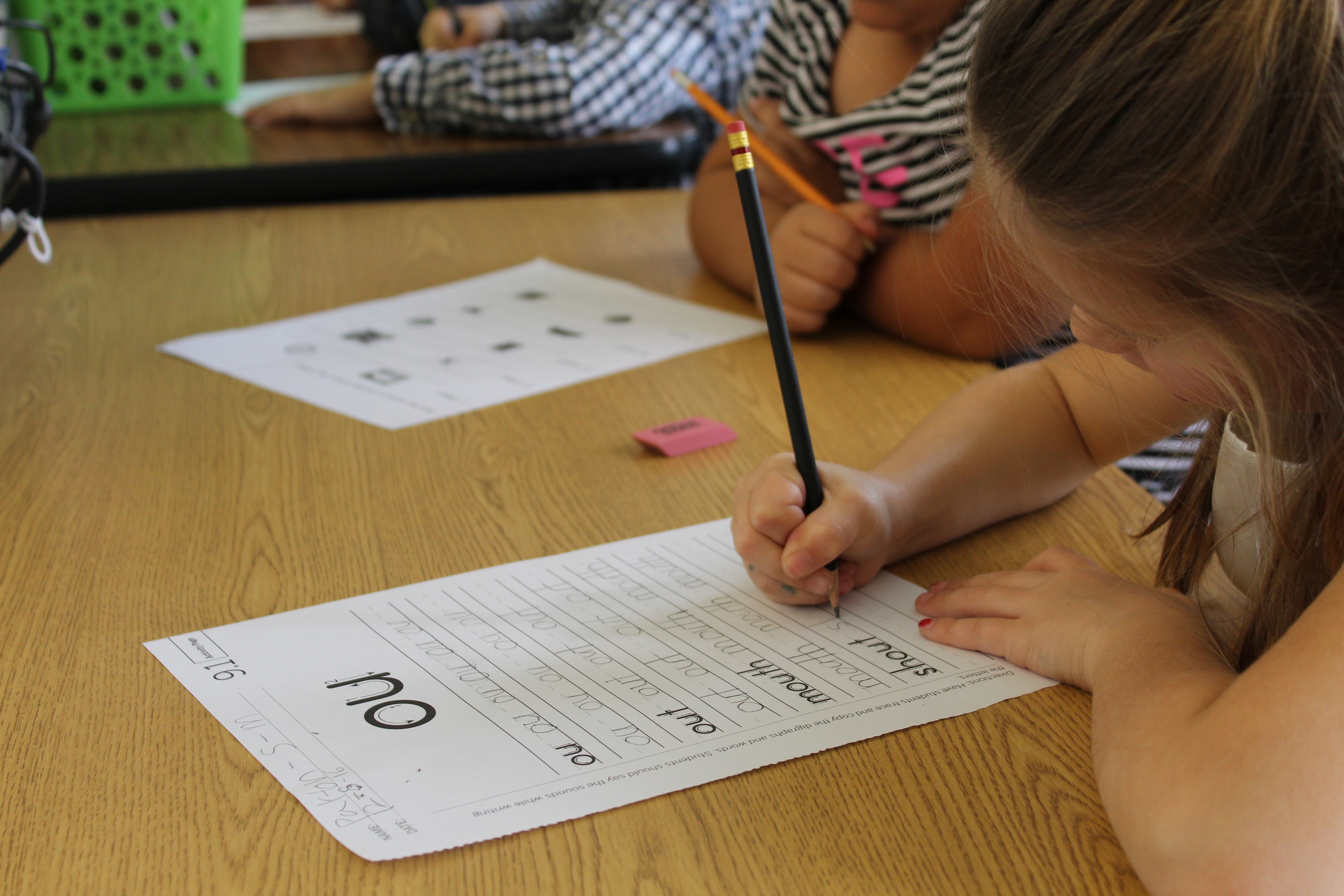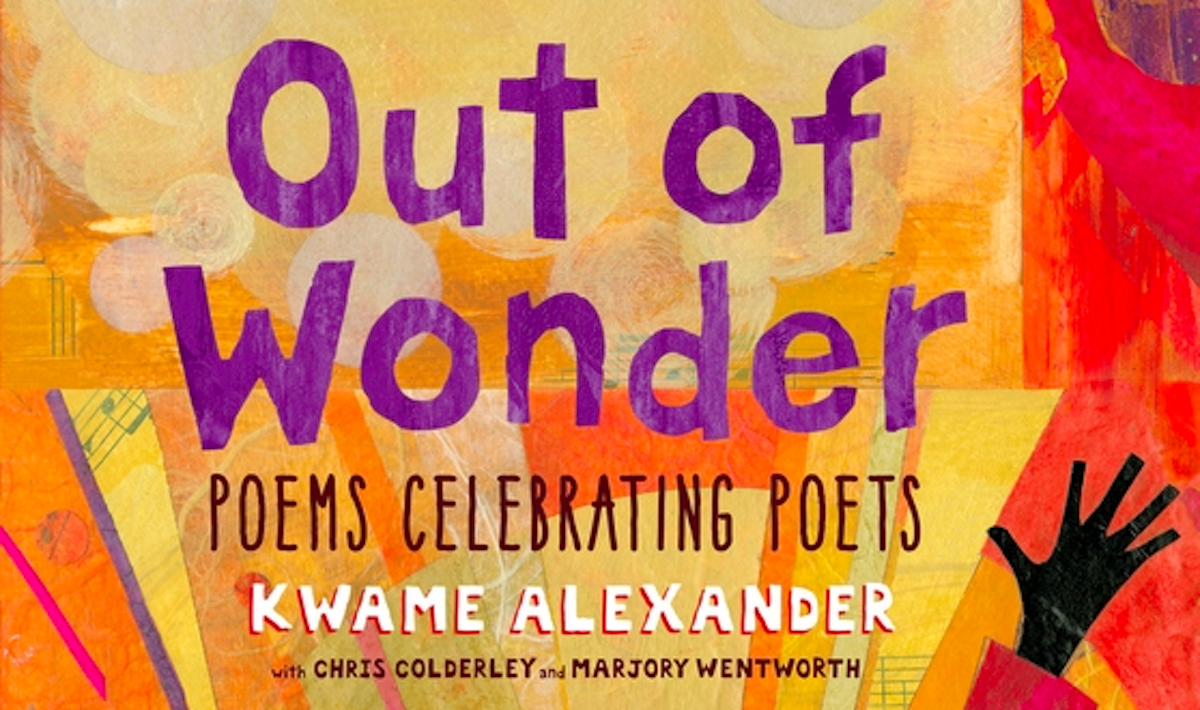February 1, 2018 is World Read-Aloud Day, and you can help celebrate it by reading aloud to your students. Need some suggestions for what to read? CKLA is delighted to share this brief guide for reading aloud a classic text, Ann McGovern’s Too Much Noise.
Too Much Noise opens with a grumpy gentleman who complains about the noises in his house. He’s told to adopt a barnyard’s worth of animals, and, eventually, to give those animals away. Because the animals make their own sounds, the man learns to live with all kinds of noises, and after he returns to living alone, he is no longer bothered by his house’s noises. This humorous tale delights younger students, but it also holds a meaningful lesson that older students can reflect on and apply to their own lives. The rich sounds throughout the text make it ideal for reading aloud, and the repetition encourages student participation.
As with any text, we suggest you read the book prior to sharing it with your class. As you preview the text, consider how best to use it in your classroom. We’ve gathered some ideas below, but we’d also love to hear yours! Share photos and other information on Twitter by tagging #CKLA and #WorldReadAloudDay.
Participating in the Read-Aloud
Because this book uses repetition, students may easily participate in the reading. Prior to reading the book aloud, assign students some or all of the following parts: tea kettle, leaves, cow, donkey, sheep, hen, dog, cat. Review the signal sentence and response for each role, and allow students to practice briefly before reading the text. Then, as students hear the signal sentence for their role, they may respond appropriately.
Differentiation option: These parts are listed in order of the amount of participation required, starting with the most participation (tea kettle and leaves) and moving to the least participation (cat and dog). You may want to assign the roles accordingly.
Discussing the Read-Aloud
(Answers appear in parenthesis.)
- What noises does Peter hear at the start of the story? (bed creaking, floor squeaking, leaves swishing, kettle hissing)
- How does Peter feel about these noises at the start of the story? (He thinks they are too loud.)
- How does the noise level in Peter’s house change when he gets animals? (It gets louder.)
- After Peter lets the animals go, what noises does he hear? (bed creaking, floor squeaking, leaves swishing, kettle hissing)
- Are these noises the same as or different from the ones he heard at the start of the story? (the same)
- How does Peter feel about the noises in his house at the end of the story? (He thinks they are quiet.)
- What has changed by the end of the story? (Peter’s point of view or perspective changed. He thought the house’s noises were loud at first, but now he thinks they are quiet.)
Extending the Read-Aloud
Reflection: Ask students to identify, orally or in writing, a time when their point of view changed. What was the situation? How did they feel about that situation at first? How did their feelings change? What made their feelings change?
Description: Ask students to describe, either orally or in writing, the sounds of your classroom. You may wish to have them brainstorm, then sit quietly for a short time to listen for additional sounds they may have missed. What are the sounds of your environment?
Imagination: At the end of the book, Peter dreams “a very quiet dream.” Ask students to imagine what that dream might be about. Students may draw their answers or describe them orally or in writing.
Share this post
.png)

